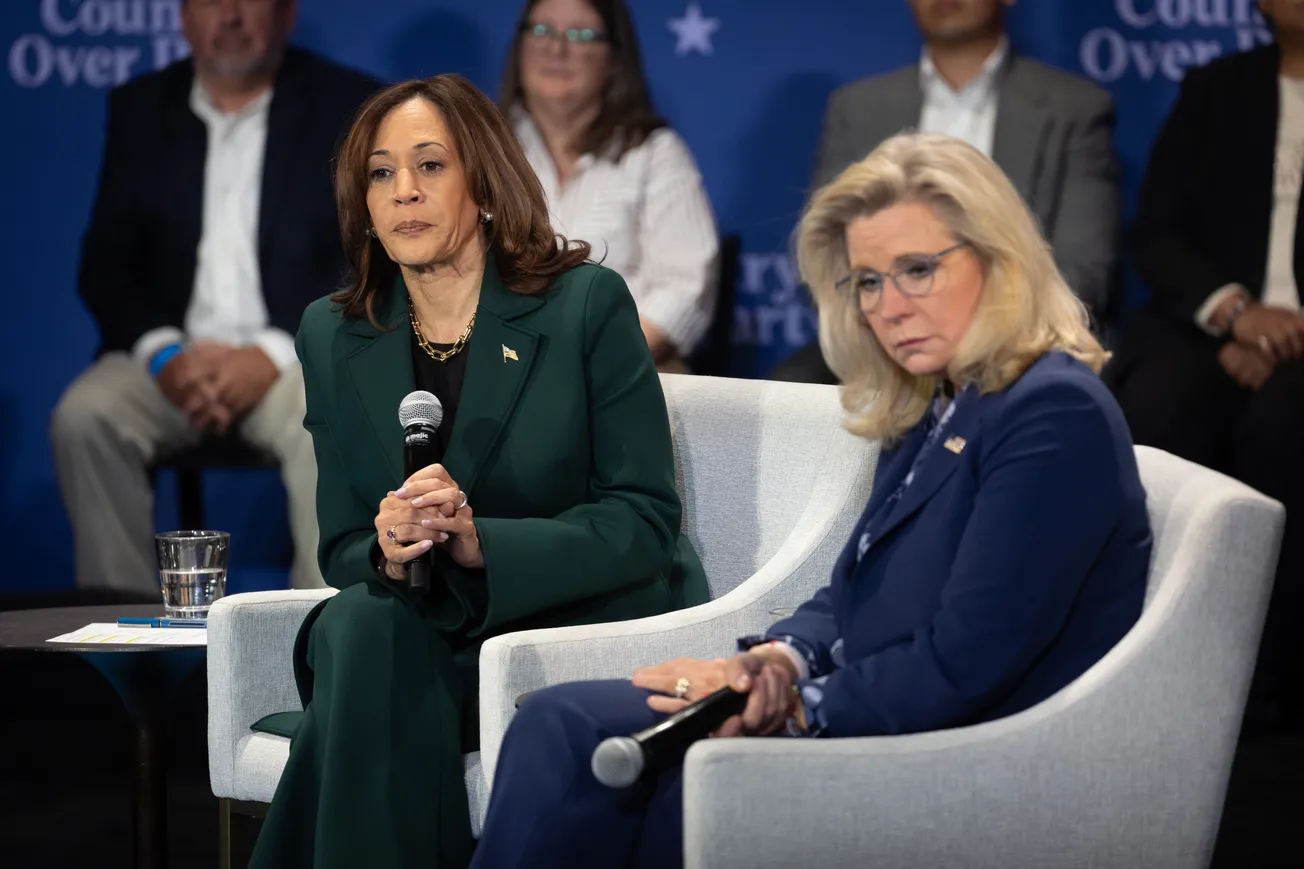With the Russian invasion of Ukraine well into its third year and no peace deal in sight, geopolitics in Europe is undergoing a notable shift. The ongoing war has forced many European countries to revisit their military capabilities and rethink their defense budgets.
At the Wilson Center research group in Washington recently, NATO Secretary-General Jens Stoltenberg declared, “Europeans are doing more for their collective security than just a few years ago.” The heightened sense of insecurity and tension on the continent forces countries to prioritize military readiness and capabilities.
The landmark announcement revealed that over 20 of the 32 countries are expected to meet the alliance’s defense spending target this year. Collective military spending had nosedived after the dissolution of the erstwhile USSR, as the primary threat ceased to exist.
After Russia invaded Ukraine in February 2022, NATO members unanimously agreed to spend at least 2 percent of their GDP on defense. But, before the war, only six member nations met the set goals. This year’s budget estimate marks a fourfold increase from before the war.
NATO, the North Atlantic Treaty Organization, a political and military alliance committed to the collective defense of all its members, thirty of which are spread across Europe, has been propping up Ukraine with arms, ammunition, and training since Russian tanks rolled across the border. NATO celebrated its 75th anniversary in April. Despite incredible odds, the alliance’s pivotal role has enabled Ukraine to resist the invasion.
It may well be argued that the ongoing war has unified European nations against a common enemy. Not only has the military alliance re-established its relevance, but NATO has grown in size with new members joining the fold. Commitment to the collective cause is evident as Poland and Estonia, bordering Russia, have already surpassed the stipulated two percent of GDP goal set for the year. The organization is seeing an eighteen percent increase in defense spending across European allies and Canada in the current year alone.

Overall, the surge in budgets and spending is good news for NATO and its allies. While in the White House, President Trump had criticized NATO nations for not meeting their defense spending commitments. His comments caused a furor, leading to heated debates and reactions. Many feared his outright and public criticism could jeopardize the Western military alliance.
But, with the Ukraine War, NATO’s resources and readiness have come into focus. Kyiv’s resistance depends largely on the military alliance’s support and strength. Since the invasion, Ukraine has received advanced military equipment and training, including F-16 fighter jets from the US. Continued support and resupplies are crucial to continue the fight.
All eyes will be on the upcoming NATO summit in Washington. Despite dissenting voices within the EU, the Union has supported Ukraine. One will have to wait and see if the inroads made by the right-wing parties and conservatives in the recently concluded EU parliament elections will sway national governments to alter course.
In Washington, Stoltenberg stressed that bringing Ukraine into the NATO fold was still on the agenda. Though the alliance has refused to grant Kyiv immediate membership despite President Zelensky’s repeated demands and requests, he said streamlining the country’s eventual entry was underway. According to the NATO Secretary-General, NATO membership for Ukraine “assures that the war really ends.”
The Russian President has reiterated multiple times that Ukraine joining the Western military alliance will be regarded as an existential threat by Moscow. It is the Kremlin’s stated motivations for annexing Crimea and invading Ukraine. A few days ago, President Putin offered an immediate ceasefire if Ukraine renounced all plans to join the alliance. Kyiv, of course, rejected the offer. The irony is not lost on many.
A recently concluded international summit in Switzerland to set a roadmap to end the Ukraine war called for Ukraine's “territorial integrity” to be the basis for any peace agreement. Russia and China were notably absent from the conference. A few countries, including India, Mexico, Saudi Arabia, South Africa, Thailand, and the United Arab Emirates, did not sign the final communiqué.
The complex international dynamics at play are evident, as are the opposing perspectives. While NATO perceives its actions as upholding international norms and defending against aggressive actions threatening European security, Russia claims it is fighting a military alliance that poses a security threat. For now, the Ukraine War is boosting NATO coffers and helping Kyiv fight another day.









